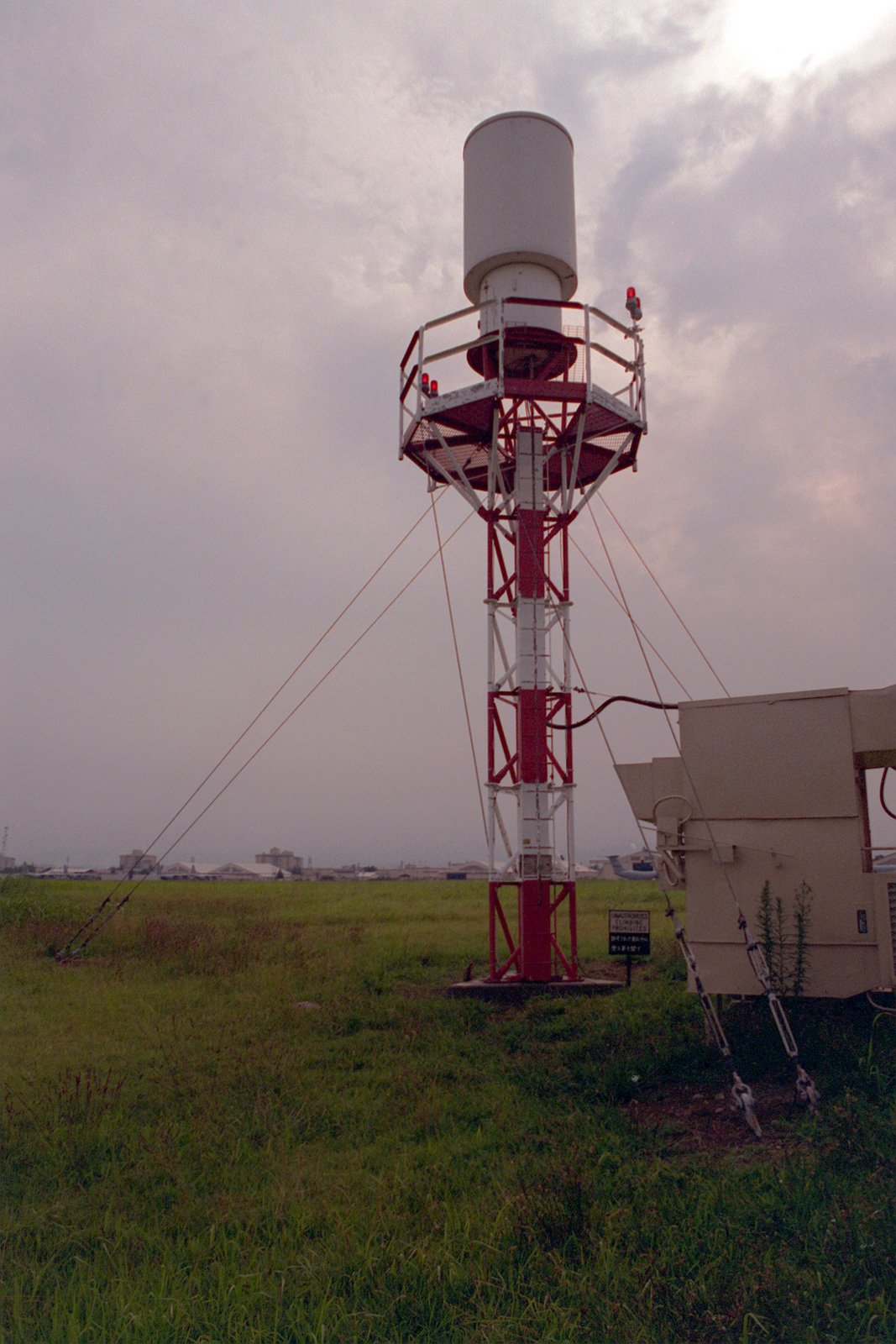
Contactless options: short, medium and long-term solutions need to be developed and implemented.Evolution of technology: the aviation industry needs to adjust and adapt to innovative technologies.Enables timeliness of changes to systems.Provides a structured environment and standard interfaces for introducing new technologies that support the evolving needs of the air transport industry.Allows the standard interface to work at any airport including on site and off site, ensuring product and service consistency.Allows airlines to have one application that works as expected on any vendor’s standard interface.Reduces costs for airlines and airports by simplifying the development, installation, support and ongoing maintenance of vital passenger processing and operations.In a post-Covid era, the travelling population will continue to increase, and airlines and airports will be required to adapt their processes to maintain the safety and the security of their operations whilst improving passenger throughput. The need to create global Common Use standards and build strong collaboration with partners is detriment in ensuring interoperability between all stakeholders involved. In response to the Covid-19 pandemic, many Common Use technology providers have adopted innovating technologies and adapted their products to enable a contactless passenger process. The technology used to support the passenger processes and enhance passenger experience at, and off-airport need to be assessed continuously and updated on a regular basis. New challenges are always on the horizon and unexpected events can occur without notice. It provides a platform for airlines, airports and ground handling agents to support the optimization of passenger processes at a given location, typically at an airport terminal, but may also be used off-site such as seaports, hotels and train stations.Ĭommon Use technology is a key component involved in the passenger experience it provides a seamless and secure way of handling functions such as check-in, bag-drop, identity management, security access, boarding and biometric validation. A CUWS interface is suited to the development of self-service passenger processing solutions on personal mobile platforms.Ĭommon use Technology is defined as the flexible and shared use of airport facilities. The trend towards self-service continues to evolve and the airlines’ preferred method in engaging with their passengers is shifting towards personal mobile devices.

The objective is to allow an airline to focus on the business process made available by a given service provider at a given airport. Assuming airlines already have established a CUWS with a given airport, extending to a new location and/or a new service provider becomes straightforward. The details of the data definitions using the Aviation Industry Data Model (AIDM) semantic model ensures that the data can be reused and is interoperable.Īirlines can benefit from this standard as it provides advanced self-services to their passengers with a very short time-to-market. The definition of the message using an Application Programming Interface (API) should aid in reducing these costs by providing a standard for interacting between parties which can be reused by both the service provider and the consumer. The CUWS TSG is currently working in delivering basic functionalities in the following activities: With the evolution of biometric and IATA One ID processes, the CUWS Technical Solutions Group (CUWS TSG) has an opportunity of delivering a new set of Passenger Access Management Services throughout touchpoints supporting biometric requirements. The purpose of this technical specification is to standardize data exchange supporting Common Use self-service bag drop through the use of web services technology. Recommended Practice 1741- Common Use Web Services (CUWS) for Baggage and Passenger Conformance Services


 0 kommentar(er)
0 kommentar(er)
